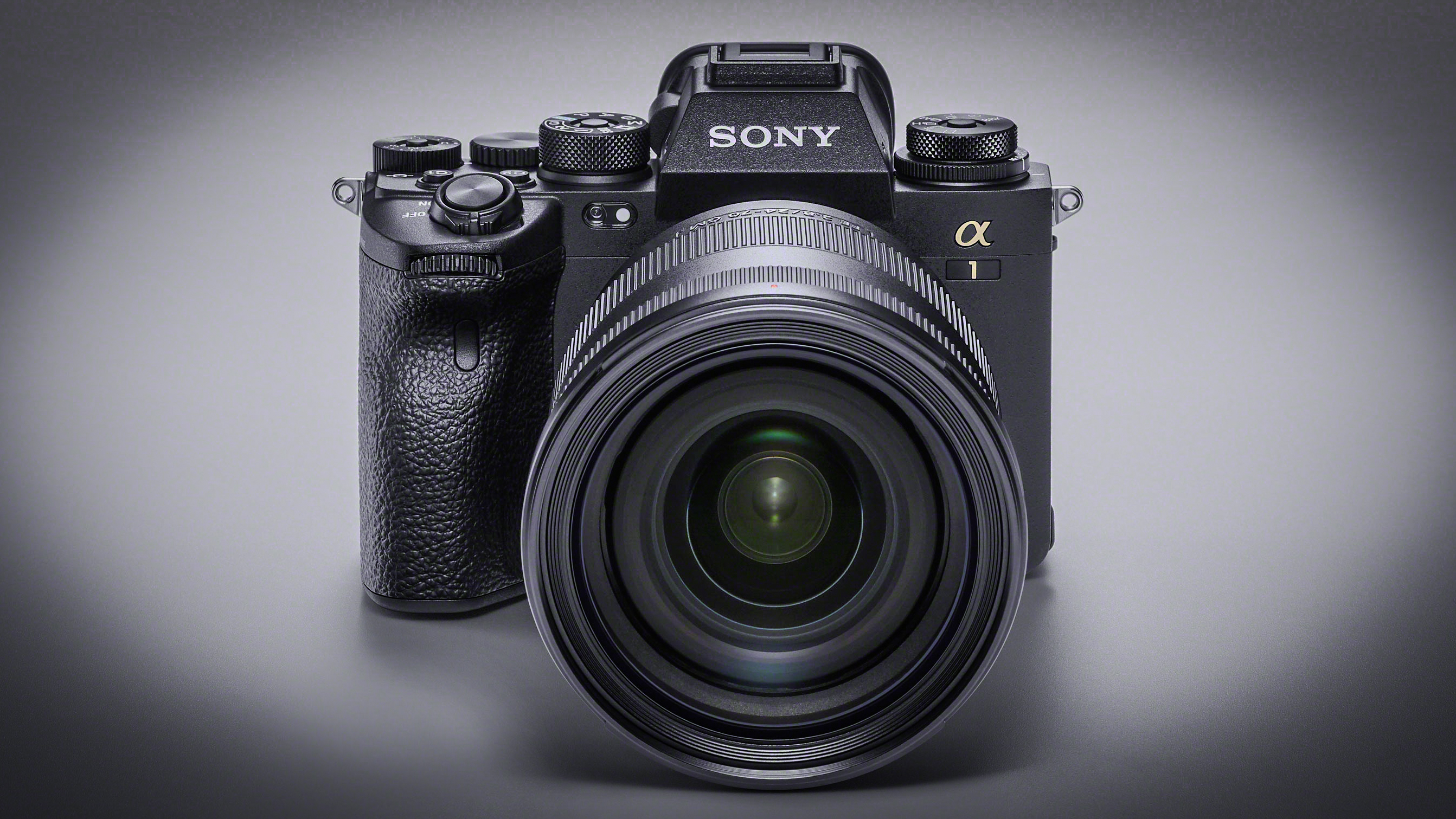
When Canva announced that Affinity Photo had been relaunched as part of a completely free Affinity Studio suite, the photography community's response was a mixture of delight and scepticism. After decades of paying hundreds, or even thousands for professional editing software, many simply couldn't believe that a Photoshop-class application could genuinely be free forever.
Now, Cameron Adams, Canva's co-founder and chief product officer, has responded directly to those concerns in a YouTube video addressing what he calls "one big question that's being asked: how the hell is that even possible?"
His answer is unequivocal. "Let me be absolutely clear," Adams says in the video. "There is no catch. We don't sell your data. We don't train AI features on your files. We don't monetise your creativity behind the scenes. Your work stays yours always."
The announcement represents a seismic shift in the creative software landscape. The new Affinity combines what were previously three separate paid applications – Affinity Photo, Designer, and Publisher – into a single unified platform offering photo editing, vector design, and page layout capabilities. Since its launch, the software has already attracted over a million downloads in its first week.
So why, exactly, is Canva forgoing all the revenue that Affinity was previously bringing them?
Why make it free?
Adams frames the decision as both philosophical and strategic. "We believe every designer deserves access to tools that respect their craft," he explains. "Because the industry needs a shift from gatekeeping to generosity. And because we've built a sustainable business model at Canva that allows us to support this kind of access without compromising on product quality or user trust."
He's keen to emphasise that this isn't temporary. "This isn't a marketing stunt," Adams insists. "It is a long-term bet on creative freedom." He describes it as an extension of Affinity's founding principles: "Affinity has always stood for fairness, choice, independence, and program power."
The best camera deals, reviews, product advice, and unmissable photography news, direct to your inbox!
For photographers worried about privacy and data usage in an AI-driven age, Adams offers specific reassurances. Your creative work in Affinity remains secure, runs on your device, and is not accessed to train AI features. This addresses a growing concern among professionals about how their images might be used by software companies to develop machine learning models.
The business model explained
The free model hasn't emerged from altruism alone, of course. Adams is transparent about the commercial logic underpinning the decision. "Everyone with a Canva premium plan will be able to access Canva AI and other select Canva features within Affinity," he explains. "But the Affinity app that you all know and love with all of its professional-grade features and updates will be free forever."
The strategy revolves around what Adams calls a "craft and scale" approach. Professional photographers and designers create high-end work in Affinity, then those projects often need to be scaled and distributed across organisations using Canva. "When more pros use Affinity, more teams end up using Canva," Adams explains. "Pro designers lead the visual workflow. If they build in Affinity, they're more likely to scale in Canva. And when they do, marketing, sales, and the rest of the business will follow. That is how it grows."
This model represents a fundamental departure from traditional creative software economics, which typically charged individual professionals substantial fees for desktop applications. Instead, Canva is betting that giving away professional tools will drive adoption of its broader collaboration platform at the enterprise level.
What photographers get
Above: see Cameron Adams' full YouTube video for yourself
The core Affinity offering includes all the professional-grade tools photographers need: comprehensive raw processing, advanced adjustment layers, sophisticated masking, HDR merging, panorama stitching, focus stacking, and even astronomical image stacking. The interface has been redesigned around customisable "studios" for pixel editing, vector work, and layout, allowing photographers to configure exactly the workspace they need.
The only features requiring a paid Canva premium account are AI-powered tools like Generative Fill, Expand & Edit, and Remove Background, accessed through the new Canva AI Studio. For many photographers who prefer traditional hands-on editing without AI assistance, this limitation is irrelevant.
The software works offline once activated with a free Canva account, addressing concerns about constant connectivity requirements. While help documentation, stock libraries, and Canva AI features need an internet connection, core editing functionality doesn't.
Trust through transparency
Adams acknowledges that Canva and Affinity face a challenge in winning over a sceptical professional community. "We know trust is earned," he says. "So ask questions, kick the tyres, hold us to a high standard because that is exactly what we would do."
This direct appeal to professional scrutiny reflects an understanding that photographers who've spent years mastering Adobe workflows won't switch lightly. The software needs to prove itself not just as capable but as trustworthy, particularly given widespread concerns about how AI companies handle creative work.
For photographers considering the move, the pitch is compelling: professional-grade photo editing with all the power of applications that previously cost hundreds, now available at no cost.
The million downloads in the first week suggest that message is resonating. Whether Affinity can convert those downloads into long-term users – and whether those users eventually drive Canva adoption in their organisations – remains to be seen.
But for now, as Adams emphasises, the core promise is simple: "Affinity for creatives by creatives." And it's free. Honestly.
Tom May is a freelance writer and editor specializing in art, photography, design and travel. He has been editor of Professional Photography magazine, associate editor at Creative Bloq, and deputy editor at net magazine. He has also worked for a wide range of mainstream titles including The Sun, Radio Times, NME, T3, Heat, Company and Bella.
You must confirm your public display name before commenting
Please logout and then login again, you will then be prompted to enter your display name.


